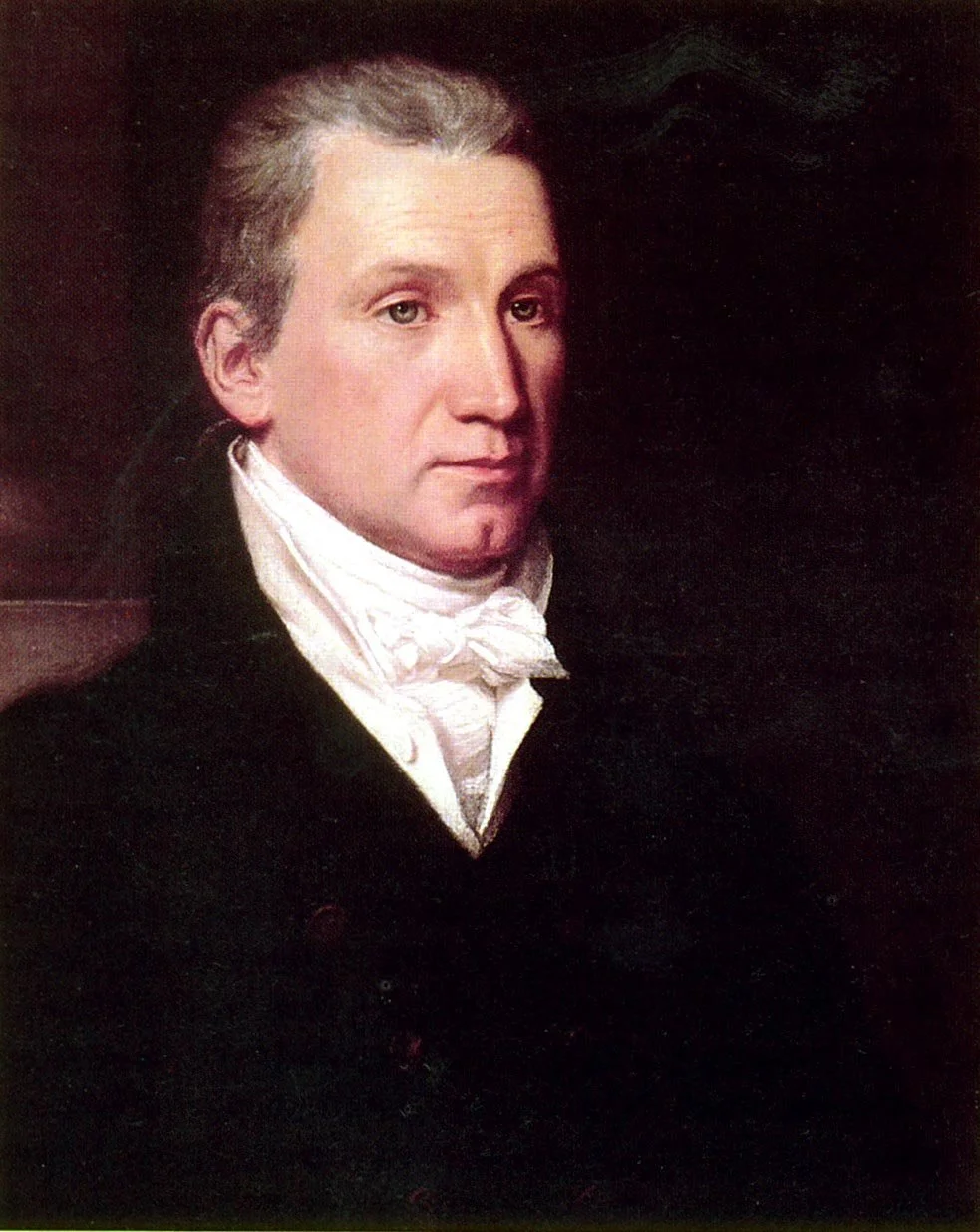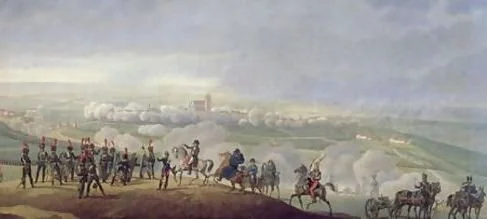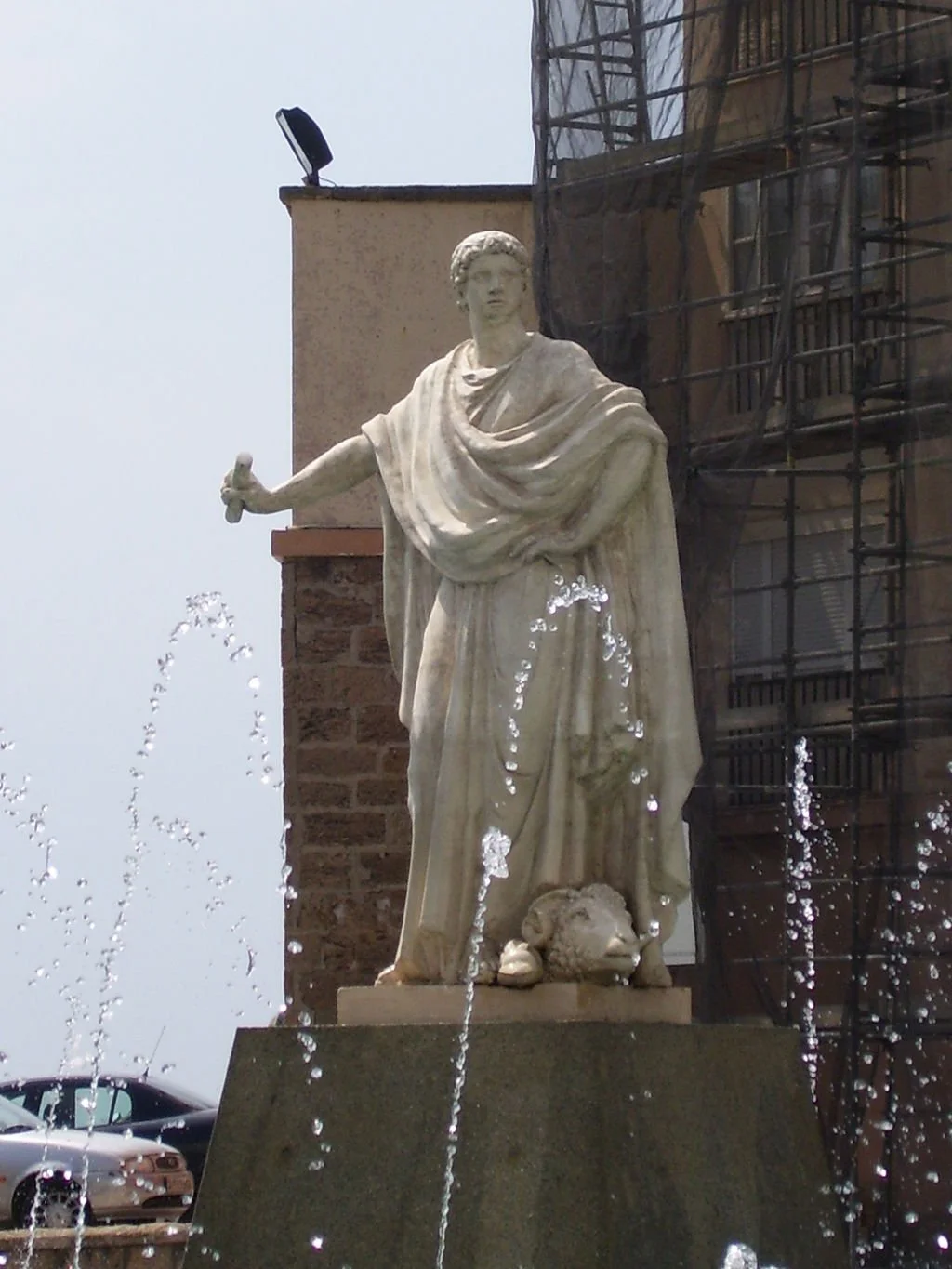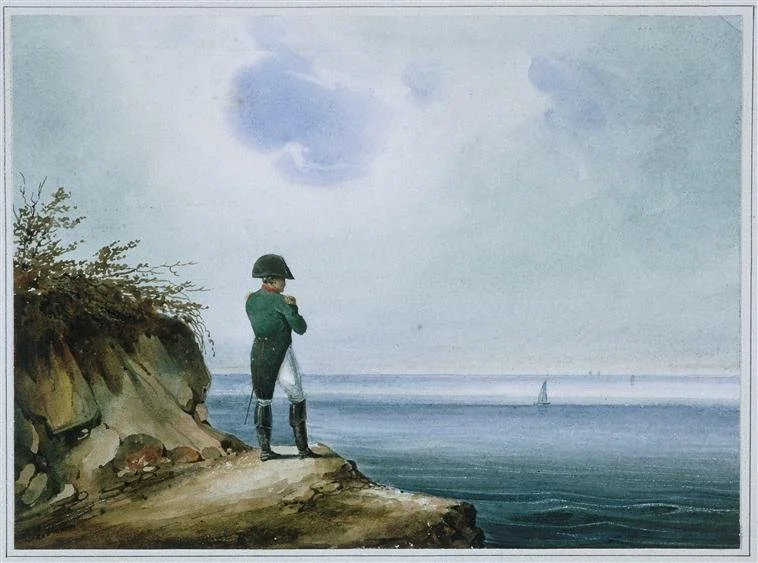History is an art in a sense. That is, it is not mathematically provable. The mathematician (I am one, at least through some bit of graduate studies) must prove something logically (there are certain basic rules of logic—contrary to reflections from “the squad,” et al). If he can’t prove it, it simply means it is not provable true, nor is it provable false. It may be either but it is neither, absent a deterministic logical proof. Such problems wait to see if one may ever find a proof (such as the recently and famously proven "Fermat's Last Theorem"). Many, many today fall into the yet unknown true or false class. For those interested, an excellent book for a layman’s (most) comprehension of one of the most famous problems, is John Derbyshire’s Prime Obsession, summarizing The Riemann Hypothesis.
Paul H. Yarbrough explains.
Abraham Lincoln.
The scientific method of proof (different from the mathematical proof) in the physical sciences is proved by sampling and testing to the point of reproducing such results in the laboratory. These are scientific-method determined proofs. Jonas Salk’s polio vaccine work is an example of a proof by the scientific method. Climate change study is an example of a crock of crap.
But the historian has no logical proof of his art since history is what it was. You cannot associate an abstract thought with a concrete fact of the past in order to change the fact. But this is exactly what “liberals” do. (The quotation marks are a tweaking of the modern definition of liberal as opposed to the once accepted and true one—but another story for another day.)
Liberals will suggest silliness (though they believe it is serious thought, perhaps) such as Lincoln was responsible for a horrible war that resulted in well over half a million deaths and billions of dollars of destruction of private property and on and on with a political wrecking ball of death by fire and murder as well as the raping and pillaging of both blacks and whites, male and female, and so on. BUT, the great defensible BUT, he was trying to save the union. This is, in fact, abstraction smothering fact. I say "liberals will suggest" when the fact is they state it as the fact that they have proven, even though facts of history are not provable but revealed from recorded sources.
The fact is he was no more trying to save the union than he was trying to free the slaves. He (and many, many Republican cronies), like Hamilton before him, wanted to create a national state. i.e. a nation.
Irony
How irony raises its fortuitous head from time to time? Abe Lincoln was assigned the label "Honest" Abe. However, when digging into history and available primary sources reveal the guy as a notorious liar and charlatan. If Lincoln lived today, he would be in bed with the Clintons (at least one of them) when it came to honesty. Alas, Lincoln's reputation remains largely untainted by those who worship the faux pas of some rotted theory of national conservatism.
But another historical faux pas (of the many) that seems a lesser light of historical fiction is about a man who was president but had a more honorable reputation. Though, sadly influenced by the liar, Alexander Hamilton.
George Washington never (contrary to modern legend) had offers to be king. The myth is that he was so well respected that a crown was offered to him. There was also a myth cultivated due to his honest character: That is, he did not lie. The myth was the one most everyone has heard: he cut down a cherry tree, then fessed up when asked. But neither tale--crown offering or cherry-tree-chopping --was true about Washington. However, most historians have recorded him as a man of integrity.
So it is that good tales are created about someone who has a good reputation for honesty. At least most of the time. But the “creation” is not a fact. It is just supposedly true.
But the real historian is like a prospector—always digging, always sifting facts from rumor and/or legend. The primary or original source (I am not a historian, but am a history student), or as close to it as one can get to begin a study is the best beginning. From the beginning of whatever historical-to-present goal is sought the trail is like the trail of evidence in a crime. That is to say that great danger can come to the truth if the trail is broken. All of the evidence may not be available, but all that is should be examined. Therefore, the trail route (the history) can be surmised with a given degree of accuracy.
Around us, primarily through online chatter, social media, and the monster maniacal media of television fame are those historian-labeled personalities, many who are promoted (many self) as PhDs of some grandiloquent history department of “XYZ” university –blah. Blah, blah. These types and their schools are worthy of the aforementioned climate change students. Many (most?) of the media-type historians are just airbags who get a nice paycheck.
Or there are the puffed-up Twitter et chirps who glorify themselves in some modern cloak of Thucydides such as the “spit and damn” clownish Kevin Levin (as just one example) who tops out as a racist of the first liberal order. No? His mentions of historical studies and insights of the American War Between the States are the typical Yankee sighting and portraying of the American South with its blacks as simple-minded toadies following “Massuh-Cotton-Man” to every beat of the drum because he (the black man) cannot, or even conceivably learn for himself.
Meanwhile, looming elections of great importance are nigh, and even if there is an explosive so-called Reagan Revolution or contemporarily a red wave, no histrionic magic can make fact fiction, nor vice versa.
Problem
This is the problem with the red wave, for those who seem to think that it is a robust rekindling of something called federalism—no it is not. It is simply the other side of a unitary coin, red on one side and blue on the other. The reds don't know or don't care (either is a possibility, and both a consideration) about federalism. If they did, they would not spout off constantly about their hero Abraham Lincoln and his weaker forerunner Alexander Hamilton. These two draughts of politics and statist standards are the red guys (not necessarily conservatives), the original wolves in sheep’s clothing to any honest concept of federalism. Hamilton, a New York immigrant, spoke one way at the Philadelphia Convention, and a different way when reporting back to his New York delegation. He lied often. Possibly this was what Lincoln found as a trait in common with Hamilton. They both were notorious liars.
The “Federalists Papers” are a defensive rupture of federalism; THAT IS. THEY ARE A SUBTLE DEFENSE OF NATIONALISM, NOT FEDERALISM. A better bet, FOR HISTORIGRAPHY, if you can find them are the Anti-Federalist Papers. These are scattered in publication but delve at length into the things Patrick Henry probably concerned himself with when he refused to attend the Philadelphia convention with his infamous: "I smell a rat," rebuff. Think of Lincoln’s “new nation” as a stinking rat (if you are a conservative).
But not to worry, we have been saved from our corrupt past of a voluntary federal system and have come scarred and skinned by an anti-federal and ill-called “Civil War” into the 20th and 21st centuries safe in what both contemporary red and blues call “our democracy.”
This is blue territory. Nationalism and Democracy are their game.
That is of course the “democracy” that has given us most of that which God would not give: A central government with control over all aspects of life; an eternal number of wars, including two that were happily (or somberly) called WORLD WARS; men who are women, women who are men; children who are designated sex toys by their teachers and approved by their parents—who probably thought abortion would be legal until the child reached 18—so plenty of time to get some fun out of the kid before killing him. Old enough to fight, old enough to be aborted.
These people care no more about federalism than did Hobbes or Rousseau and a whole bunch of others, who saw little in man’s locale and locality, down to a single soul, but greater in the state of the state as his god.
History
"The States have their status in the Union, and they have no other legal status. If they break from this, they can only do so against law and by revolution. The Union, and not themselves separately, procured their independence and their liberty. By conquest or purchase, the Union gave each of them whatever of independence and liberty it has. The Union is older than any of the States, and, in fact, it created them as States."
Abraham Lincoln--July 4th, 1861
“It is my intention to curb the size and influence of the Federal establishment and to demand recognition of the distinction between the powers granted to the Federal Government and those reserved to the States or to the people. All of us need to be reminded that the Federal Government did not create the States; the States created the Federal Government.” (Emphasis added)
President Ronald Reagan --120 years later
What happened to Reagan? He had too many “reds” whose skin was red but whose heart was blue.
What happened to Donald Trump? He had too many “reds” whose skin was red but whose heart was blue.
What happened to Abraham Lincoln? He had too many people who believed him to be honest.
Many conservatives (as those who voted for Reagan) knew the Cheney-type-timbre was lurking in the dark socialistic political shadows long, long before January 6, 2021.
But the key to elections and politics is history. Not the banal blathering splattered by most media types, too many talk-show chatterers, and enumerable university wags.
History, where the proof is in the facts. Where the future forms in one way or the other.
Did you find that piece interesting? If so, join us for free by clicking here.
















